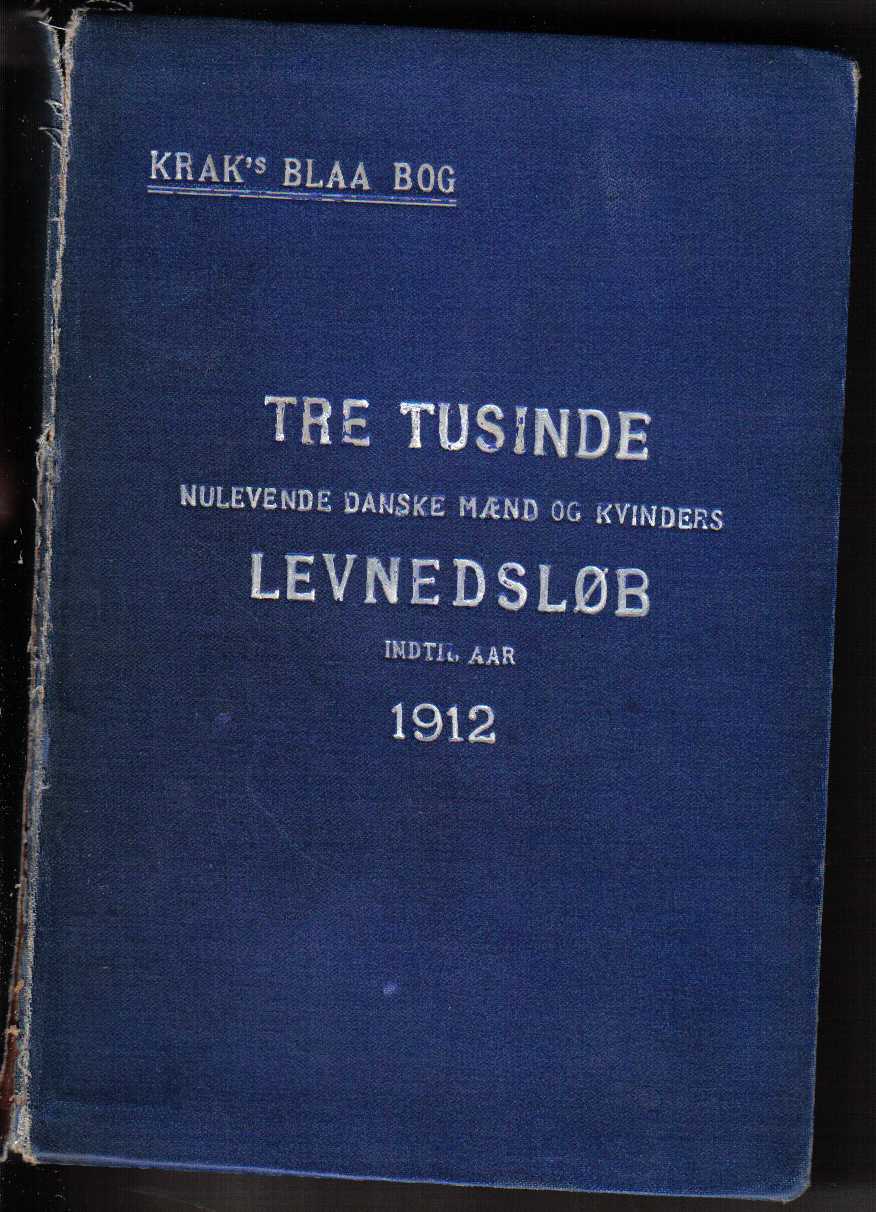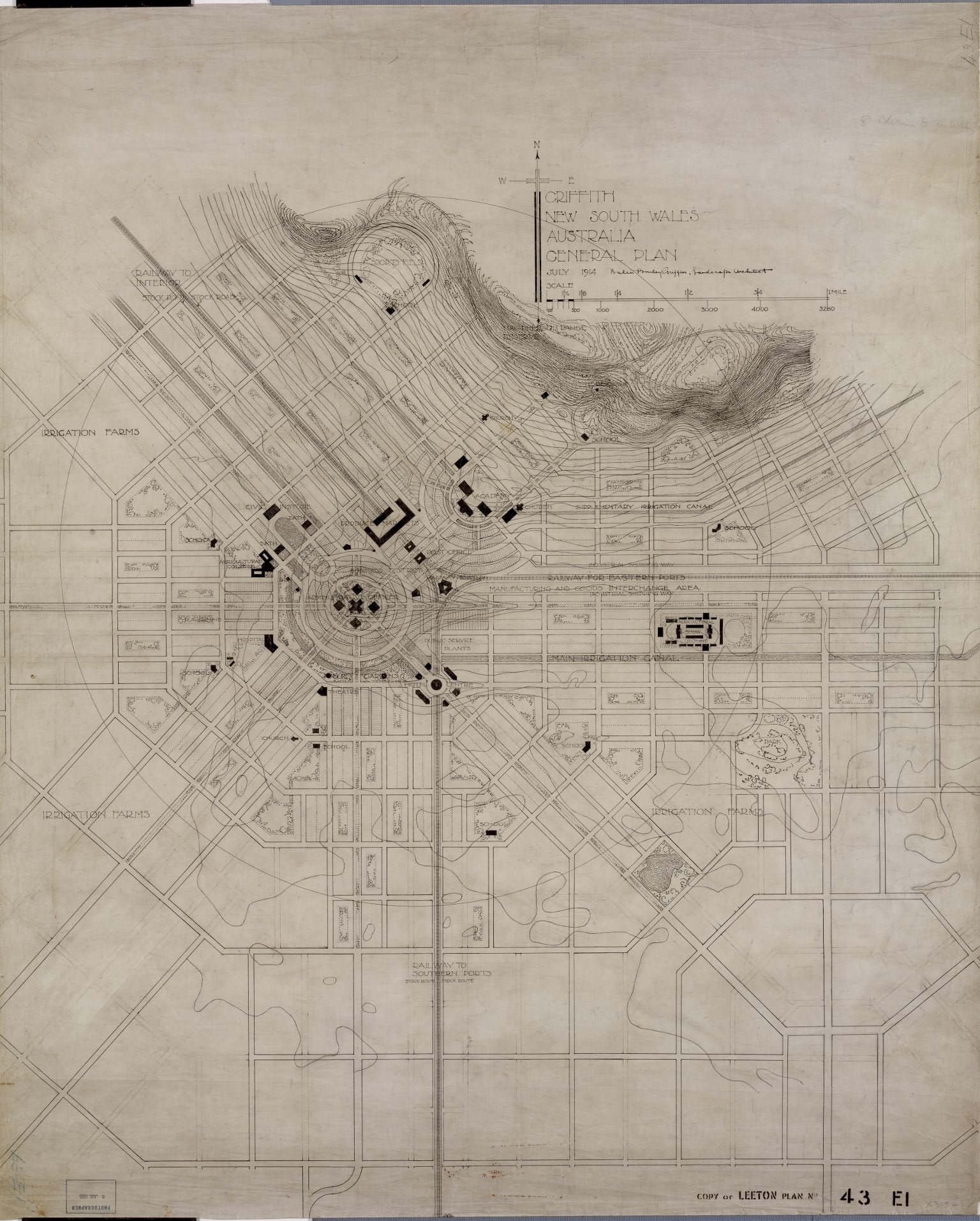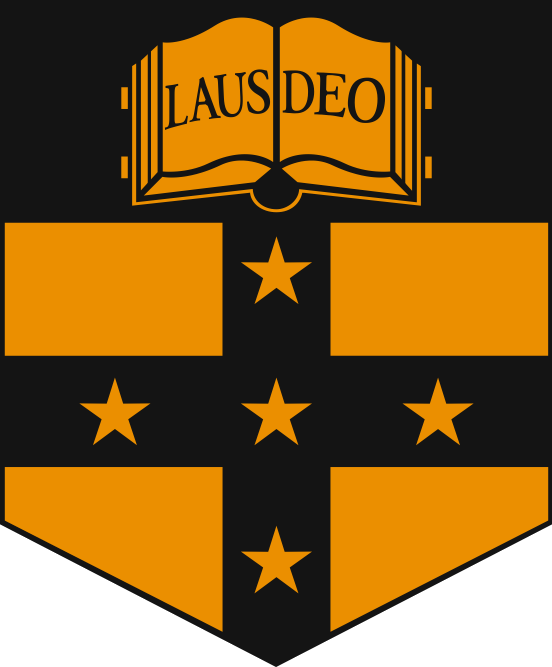|
David McCall
William David Hair McCall (29 February 1940 - 7 May 2021) was an Australian Anglican bishop. McCall was born into a prominent family. His grandfather was John McCall KCMG, Agent-General for Tasmania, and his father, Theodore Bruce McCall, an Anglican bishop. He was educated at Launceston Church Grammar School, Sydney Grammar School. He studied for the priesthood at St Michael's House in Crafers, South Australia and was ordained in 1963. He served curacies at St Alban's Griffith and St Peter's Broken Hill. He was then priest-in-charge of Barellan-Weethalle, Rector of St John's Corowa and (his last post before ordination to the episcopate) the incumbent of St George's, Goodwood. On 1 November 1987, he was consecrated a bishop, and served as Bishop of Willochra until in 2000 he was translated to the Diocese of Bunbury. He was married to Marion Carmel McCall, OAM, who is a pilot; their eldest son, Theo D. McCall (also a priest), is chaplain of St Peter's College, Adelaide, a ... [...More Info...] [...Related Items...] OR: [Wikipedia] [Google] [Baidu] |
Anglican Diocese Of Bunbury
The Anglican Diocese of Bunbury is a diocese of the Anglican Church of Australia which was founded in 1904 and covers the south of the State of Western Australia. Together with Perth and North West Australia, it is one of the three diocese of the Province of Western Australia. The diocese's cathedral since 1963 is St Boniface's Cathedral in Bunbury. The current Bishop of Bunbury, since 3 November 2018, is Ian Coutts. Cathedral The cathedral church of the dioceses is Saint Boniface Cathedral in Bunbury. The cathedral is of brick construction in a modernist style with a prominent clock tower at the east end crowning the sanctuary. The foundation stone was laid in 1961 and the cathedral was consecrated on 14 October 1962. Prior to 1962, the diocese was based at St Paul's Pro-Cathedral, which was constructed in 1866 on the site of an earlier church. St Paul's, previously only a parish church, had been named a pro-cathedral in 1903 in preparation for Bunbury gaining diocesan stat ... [...More Info...] [...Related Items...] OR: [Wikipedia] [Google] [Baidu] |
Who's Who
''Who's Who'' (or ''Who is Who'') is the title of a number of reference publications, generally containing concise biography, biographical information on the prominent people of a country. The title has been adopted as an expression meaning a group of notable persons. The oldest and best-known is the annual publication ''Who's Who (UK), Who's Who'', a reference work on contemporary prominent people in Britain published annually since 1849. In addition to legitimate reference works, some ''Who's Who'' lists involve the selling of "memberships" in fraudulent directories that are created online or through instant publishing services. AARP, the University at Buffalo and the Government of South Australia have published warnings of these ''Who's Who'' scams. Notable examples by country * ''Who's Who (UK), Who's Who'', the oldest listing of prominent British people since 1849; people who have died since 1897 are listed in ''Who Was Who.'' * ''Cambridge Who's Who'' (also known as ''Wor ... [...More Info...] [...Related Items...] OR: [Wikipedia] [Google] [Baidu] |
Priest-in-charge
A priest in charge or priest-in-charge (previously also curate-in-charge) in the Church of England is a priest in charge of a parish who is not its incumbent. Such priests are not legally responsible for the churches and glebe, but simply hold a licence rather than the freehold and are not appointed by advowson. The appointment of priests in charge rather than incumbents (one who does receive the temporalities of an incumbent) is sometimes done when parish reorganisation is taking place or to give the bishop greater control over the deployment of clergy. Legally, priests in charge are '' temporary curates'', as they have only spiritual responsibilities. Even though they lead the ministry in their parishes, their legal status is little different from assistant curates. However, the term ''priest in charge'' has come to be used because the term ''curate'' often refers to an ''assistant curate'', who is usually a priest recently ordained who is not in charge of a parish — although ... [...More Info...] [...Related Items...] OR: [Wikipedia] [Google] [Baidu] |
Broken Hill, New South Wales
Broken Hill is an inland mining city in the far west of outback New South Wales, Australia. It is near the border with South Australia on the crossing of the Barrier Highway (A32) and the Silver City Highway (B79), in the Barrier Range. It is 315m above sea level, with a hot desert climate, and an average rainfall of 235mm. The closest major city is Adelaide, the capital of South Australia, which is more than 500km to the southwest and linked via route A32. The town is prominent in Australia's mining, industrial relations and economic history after the discovery of silver ore led to the opening of various mines, thus establishing Broken Hill's recognition as a prosperous mining town well into the 1990s. Despite experiencing a slowing economic situation into the late 1990s and 2000s, Broken Hill itself was listed on the National Heritage List in 2015 and remains Australia's longest running mining town. Broken Hill, historically considered one of Australia's boomtowns, has bee ... [...More Info...] [...Related Items...] OR: [Wikipedia] [Google] [Baidu] |
Griffith, New South Wales
Griffith is a major regional city in the Murrumbidgee Irrigation Area that is located in the north-western part of the Riverina region of New South Wales, known commonly as the food bowl of Australia. It is also the seat of the City of Griffith local government area. Like the Australian capital, Canberra, and extensions to the nearby town of Leeton, Griffith was designed by Walter Burley Griffin and Marion Mahony Griffin. Griffith was named after Arthur Hill Griffith, the then New South Wales Secretary for Public Works. Griffith was proclaimed a city in 1987, and had a population of 20,251 Estimated resident population, 30 June 2018. in June 2018. It can be accessed by road from Sydney and Canberra via the Hume Highway and the Burley Griffin Way and from Melbourne, via the Newell Highway and either by using the Kidman Way or the Irrigation Way. Griffith can be accessed from other places like Adelaide, Orange, and Bathurst through the Mid-Western Highway and the Rankins Spri ... [...More Info...] [...Related Items...] OR: [Wikipedia] [Google] [Baidu] |
Curate
A curate () is a person who is invested with the ''care'' or ''cure'' (''cura'') ''of souls'' of a parish. In this sense, "curate" means a parish priest; but in English-speaking countries the term ''curate'' is commonly used to describe clergy who are assistants to the parish priest. The duties or office of a curate are called a curacy. Etymology and other terms The term is derived from the Latin ''curatus'' (compare Curator). In other languages, derivations from ''curatus'' may be used differently. In French, the ''curé'' is the chief priest (assisted by a ''vicaire'') of a parish, as is the Italian ''curato'', the Spanish ''cura'', and the Filipino term ''kura paróko'' (which almost always refers to the parish priest), which is derived from Spanish. Catholic Church In the Catholic Church, the English word "curate" is used for a priest assigned to a parish in a position subordinate to that of the parish priest. The parish priest (or often, in the United States, the "pastor ... [...More Info...] [...Related Items...] OR: [Wikipedia] [Google] [Baidu] |
Ordained
Ordination is the process by which individuals are consecrated, that is, set apart and elevated from the laity class to the clergy, who are thus then authorized (usually by the denominational hierarchy composed of other clergy) to perform various religious rites and ceremonies. The process and ceremonies of ordination vary by religion and denomination. One who is in preparation for, or who is undergoing the process of ordination is sometimes called an ordinand. The liturgy used at an ordination is sometimes referred to as an ordination. Christianity Roman Catholic, Orthodox, Lutheran and Anglican churches In Roman Catholicism and Orthodoxy, ordination is one of the seven sacraments, variously called holy orders or '' cheirotonia'' ("Laying on of Hands"). Apostolic succession is considered an essential and necessary concept for ordination in the Catholic, Orthodox, High Church Lutheran, Moravian, and Anglican traditions, with the belief that all ordained clergy are ... [...More Info...] [...Related Items...] OR: [Wikipedia] [Google] [Baidu] |
Crafers, South Australia
The town of Crafers is in the Adelaide Hills to the south-east of Adelaide, South Australia, considered to be an outer suburb of Adelaide. History Crafers was named after David Crafer, who arrived in Adelaide in 1838 and moved to the area. With his wife he established an inn, the Sawyers Arms, in 1839 three years after the colony of South Australia was created. He then built the Norfolk Arms on in 1840 with banquet seating for 150. He moved to Adelaide and sold the Norfolk Arms in 1842, at which point it was known as The Crafers Inn. A new hotel was built on the site in 1880, remaining into the 21st century as The Crafers Inn, but the original building was burned down in 1926. At the time the area at the foot of nearby Mount Lofty was known as the Tiers, infamous for being the haunt of numerous Tiersmen and woodcutters on the run from authorities in Adelaide. The historic Crafers Primary School was first established in the area in 1865 by Mr Edward Smith. The school was in ... [...More Info...] [...Related Items...] OR: [Wikipedia] [Google] [Baidu] |
St Michael's House
St Michael's House was an Australian educational institution in Crafers outside Adelaide, under the auspices of the Society of the Sacred Mission, established in 1947 and which was destroyed by fire in the Ash Wednesday bushfires in 1983 shortly after its closure. It trained candidates for ordination in the Anglican Church of Australia. Origins A colonial businessman, John Bakewell (who was the son of the South Australian MP William Bakewell), built a home in Mount Lofty (now known as Crafers) which he named "Koralla". Bakewell's daughter, Audine, married an Irish doctor, Arthur Pryce Evelyn O'Leary. O'Leary died in 1929 and in 1943 his widow left "Koralla" to the Anglican Diocese of Adelaide. Bryan Robin, Bishop of Adelaide from 1941 to 1956, encouraged members of the Society of the Sacred Mission (SSM) to come to Adelaide from Kelham to establish a theological college in order to boost clergy numbers. SSM had been established in London in 1893 by Fr Herbert Kelly and the foll ... [...More Info...] [...Related Items...] OR: [Wikipedia] [Google] [Baidu] |
Sydney Grammar School
(Praise be to God) , established = , type = Independent, day school , gender = Boys , religious_affiliation = None , slogan = , headmaster = R. B. Malpass , founder = Laurence Hynes Halloran , chairman = Richard Henry AM , city = Darlinghurst, Edgecliff and St Ives, Sydney , state = New South Wales , country = Australia , coordinates = , teaching_staff = 153 (Darlinghurst),52 (Edgecliff),47 (St Ives) , staff = 63 (Darlinghurst),15 (Edgecliff),21 (St Ives) , enrolment = 1,152 (Darlinghurst), 306 (Edgecliff),413 (St Ives) , enrolment_as_of = 2011 , colours = Black and gold , free_label_1 = Former pupils , free_1 = Old Sydneians , free_label_2 = School song , free_2 = Carmen Sydneiense , athletics = AAGPS , homepage = Sydney Grammar School (SGS, known colloquially as Grammar) is an independent, fee-paying, non-denominational day school for boys, located in Sydney, ... [...More Info...] [...Related Items...] OR: [Wikipedia] [Google] [Baidu] |





